Description
IMPORTANT NOTES
- UPDATE YOUR FIRMWARE: Please upgrade the firmware on your FM3. and make sure to use the latest version of FM3 Edit before installing this preset. If your firmware is not up to date, this preset may not load.
- EVERYTHING IS STOCK: This preset does not use third party IR’s. If you’d like to experiment with 3rd party IR’s, feel free to do so in the cab block.
- FOOT SWITCH/FC MAPPING: This preset includes custom mapping for the foot switches and Fractal FC Controllers. See the ‘FOOT SWITCH/FC MAPPING’ section for more info.
- CYGNUS UPDATE: We have updated the amp block for the Cygnus firmware update. You’ll need to be running the latest firmware on your FM3 for this update.
- TONE MATCH PRESET: This is a “Tone Match” preset, meaning we used the Tone Match feature to ‘profile/capture’ an actual amp (using an Axe-FX III). There are special instructions in the Import section about how to import the Tone Match file(s).
INCUDED PRESETS
- PlexMan DW WT (SC)– this preset is voiced for single coils and low-output humbuckers
- PlexMan DW WT (HB) – this preset is voiced for more traditional humbuckers
- WT FX BLOCKS – this preset includes the additional effects blocks found in the Axe-FX III preset. Feel free to copy and paste these into any preset for additional functionality.
Both presets are the same except for the amp, EQ, and control switch settings. See the ‘Control Switch’ section below for more info.
HOW TO IMPORT THIS PRESET AND USER CAB(S)
- Connect your FM3 to your computer using a USB Cable
- Download and instal the ‘FM3 Edit’ app from Fractal
- IMPORT THE PRESETS: In the ‘FM3 Edit’ app, select ‘Tools’ and ‘Manage Presets’. Drag and drop the folder of presets (or the individual presets) into the browser area, and save them to an open preset slot
- IMPORT THE USER CAB(S): In the ‘FM3 Edit’ app, select ‘Tools’ and ‘Manage Cabs’. Drag and drop the folder of user cabs (or the individual cabs) into the browser area, and save them to an open cab slot
- ALTERNATIVE – IMPORT THE BUNDLES: You can also import the preset and cab bundles. To do this, you must select ‘Preset’ -> ‘Import Preset’ in the FM3 Edit app. Then choose the Preset+Cab bundle and import it. You will be asked to select a preset and cabinet slot. NOTE: You do not need to import the same user cabinets twice – just make sure they are mapped correctly in the preset.
TONE MATCH – 3RD POWER DREAM WEAVER
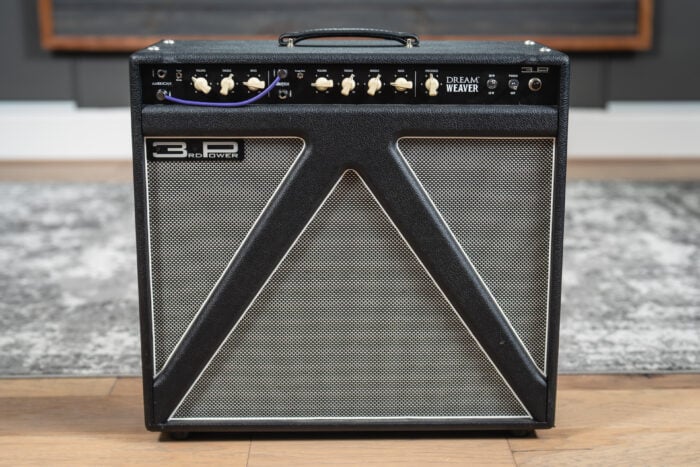
To create this preset we used the Tone Match feature to match (think: profile or capture) a 3rd Power Dream Weaver. The Dream Weaver includes multiple channels and voicings which you can blend together. Our favorite sound is the Plexi channel blended with the Blonde (Bassman) channel. We’ve matched both of these channels in this preset. The Cab Block includes the ‘Tone Match’ cabs. Tone Matching creates an end result that is nearly indistinguishable from the mic’d amplifier.
ASSIGN THE USER CABS IN THE CAB BLOCK
After you import the presets and user cabs (these are the tone match cabs), you’ll need to make sure they are assigned correctly in the ‘Cab’ block. This does not happen automatically, so you will need to manually assign the cabs.
- Navigate the to Cab block in FM9 Edit
- In Channel A, assign the following cabs to the correct slots:
- Cab 1 Channel A: Cab 1L: WT 3P DW Plexi TM
- Cab 1 Channel B: Cab 1L: WT 3P DW Blonde TM
- You may alternatively use Channel C in the cab block – these are stock cabs. You won’t get the ‘Tone Match’ experience, but we’ve selected cabs that work well with these amp models.
SIGNAL FLOW AND EFFECTS
MAIN PRESETS:
- Input 1 (the Input Noise Gate is turned off to save CPU).
- Compressor 1
- Channel A:JFET Comp: 1176 style compressor set to be somewhat transparent
- Channel B: Studio FF Comp 1: transparent compression
- Channel C: Dynamicomp – Dynacomp, lots of squish
- Channel D: Optical Compressor – LA-2A style compression
- Drive 1:
- Channel A: Jam Ray
- Channel B: Tone of Kings (mid gain)
- Channel C: Box o’ Crunch (big gain)
- Channel D: Shimmer Drive (big gain)
- Volume
- Channel A :This block is here if you’d like to assign an expression pedal. There is no pedal assignment by default.
- Amp 1:
- Channel A: 1987x Treble (dialed in for the Tone Match cab)
- Channel B: 1987x (dialed in for the stock cab)
- Cab 1:
- Channel A:
- Cab 1 L: WT 3p DW Plexi TM (Tone Match User Cab)
- Cab 2 R:Not used
- Channel B:
- Cab 1 L: WT 3P DW Blonde TM (Tone Match User Cab
- Cab 2 R: Not used
- Channel C:
- 4×12 Brit 70s GB 160 A
- 4×10 Bassguy 121
- Channel A:
- Graphic EQ 1 – always on EQ
- Only channel A is set up
- Chorus 1
- Channel A : Dimension 1
- Channel B: Japan CE-2
- Channel C: Analog Stereo
- Channel D: Dimension 1 (more pronounced chorus effect)
- Delay 1: (Quarter and 8th note delays in series)
- Channel A: Stereo Tape (1/8 delay)
- Channel B: Analog Stereo (1/8 delay)
- Channel C: Stereo Tape (1/4 delay)
- Channel D: Analog Stereo (1/4)
- Delay 2: (Dotted 8th and dual stereo delays)
- Channel A: Stereo Mind Guy (dotted 8th)
- Channel B: Stereo Tape (dotted 8th)
- Channel C: Stereo Mind Guy (1/8 and Dotted 8th in stereo)
- Channel D: S Stereo Tape (Dotted 8th and Quater in stereo)
- Reverb 1: Four different reverb options
- Channel A: London Plate
- Channel B: Recording Studio C
- Channel C: Stratocumulus – ambient cloud type verb
- Channel D: Stratocumulus – bigger cloud verb for swells
- Plex Delay 1: (Plex verb for huge swells and ambient reverb)
- Channel A: Plex Verb (big ambient reverb for swells)
- Channel B: Plex Verb (ambient reverb – not quite a huge as channel A)
- Channel C: Shimmer Verb (shimmer)
- Channel D: Plex Shimmer (shimmer – not as smooth as Channel C)
- Out 1
WT FX Preset: This preset includes the additional effects blocks and channels found in the full Axe-FX III preset. Feel free to copy and paste these effects blocks into any FM3 preset. Please pay attention to signal routing – for example, the delays and reverbs are meant to be added in parallel paths.
- Input 1
- Pitch 1
- Channel A: Dual Shift (POG type effect, subtle)
- Channel B: Dual Pitch (POG, more pronounced)
- Channel C: Crystal Echos (Shimmer)
- Channel D: Classic Whammy (Octave up Whammy – the ‘Control’ parameter is not assigned to an external pedal, so assign the control to an expression pedal and have some fun)
- Chorus 1
- Channel A : Japan CE-2
- Channel B: Dimension 1 (subtle chorus effect)
- Channel C: Analog Stereo
- Channel D: Dimension 1 (more pronounced chorus effect)
- PanTrm 1
- Channel A : Tremolo – fixed tempo
- Channel B: Tremolo (1/4 Trip note sync)
- Channel C: Bias Trem – fixed tempo
- Channel D: Tremolo (1/16 note sync – set for a choppy trem sound)
- Delay 1: (All dotted eighth note delays)
- Channel A: Stereo Mind Guy
- Channel B: Vintage Digital
- Channel C: 2290 w/ Modulation
- Channel D: Stereo Tape
- Delay 2: (All dual stereo delays)
- Channel A: Stereo Mind Guy (1/8 and Dotted 8th in stereo)
- Channel B: Stereo Tape (Dotted 8th and Quater in stereo)
- Channel C: Stereo BBD (Quater and Quater Triplet in stereo)
- Channel D: Vintage Digital (Quater and Dotted 8th – huge washy delay for swells)
- Reverb 1: (Big ambient verbs)
- Channel A: Stratocumulus
- Channel B: Cirrocumulus
- Channel C: Deep Space
- Channel D: Nimbostratus
- Plex Delay 1: (Plex verb for huge swells and ambient reverb)
- Channel A: Plex Verb (big ambient reverb for swells)
- Channel B: Plex Verb (ambient reverb – not quite a huge as channel A)
- Channel C: Shimmer Verb (shimmer)
- Channel D: Plex Shimmer (shimmer – not as smooth as Channel C)
SCENES
The following scenes are set up for instant access to various tones:
- Scene 1: CLEAN. Basic clean tone with verb and quarter delay
- Scene 2: DRIVE. Light Drive (Drive 1A)
- Scene 3: DRIVE+. Med Drive (Drive A, Control Switch 1)
- Scene 4: P&W LEAD. Big lead tone with delay and reverb
- Scene 5: AMBI CLEAN. Clean tone with stereo delay (1/4 + 1/8d) and big reverb.
- Scene 6: CLN CHORUS. Clean tone with chorus
- Scene 7: ROCK LEAD. Traditional Solo/lead tone (fewer wet effects)
- Scene 8: SWELLS. Big ambient tones
USAGE NOTES
STEREO
Everything after the amp runs in stereo. If you are running mono, you’ll need to sum your signal to mono before going to FOH (if you only use the Left output, won’t hear the Badger amp or some of the delays at all).
The easiest way to make this adjustment is in the ‘Setup’ menu:
- Choose ‘Setup’, and select ‘I/O’
- In OUTPUT 1 CONFIGURATION (choose the physical output you are using), change the ‘Mode’. Select ‘STEREO’ if you are running in stereo. Select ‘’SUM L+R’ if you are running mono. This will convert your output to mono and sum the stereo image. This will also cause all your presets to output in mono, as it is a global setting.
BLOCK CHANNELS
For most blocks, We’ve set up multiple channels to give you different options for any given effect. However, not all blocks have all four channels set up – some have just couple, and some only one. See the Signal Flow section above to see what is set up in what channel for any given block.
DRIVE BLOCK
All four channels in the drive block are set up to give you access to four different levels of gain.
DELAY BLOCK
All four channels in the delay block are set up to give you access to four different delays, from subtle quarter note delay to huge ambient swells delay
REVERB BLOCK
All four channels in the delay block are set up to give you access to four different delays, from subtle quarter note delay to huge ambient swells delay
FOOT SWITCH/FC MAPPING & PER PRESET OVERRIDES
FC-6 // OMG9 Custom Layout
This preset is optimized for the OMG9 custom layout for the Fractal FC-6 controller. The OMG9 Layout is available here from Fractal: https://forum.fractalaudio.com/threads/fm3-fc-6-omg9.160180/
The ‘Effects’ layout has been modified with custom overrides (see below) so you will see the effects that are relevant to this preset.
Per-Preset Overrides
If you would like to use custom overrides, we have set up Per-Preset overrides for both effects and scenes.
HERE ARE THE PER-PRESET MAPPINGS
PP1: Scene 1
PP2: Scene 2
PP3: Scene 3
PP4: Scene 4
PP5: Scene 5
PP6: Scene 6
PP7: Scene 7
PP8: Scene 8
PP9: Drive 1A
PP10: Drive 1B
PP11: Drive 1C
PP12: Delay 1A
PP13: Delay 1B
PP14: Delay 1C
PP15: Delay 1D
PP16: Reverb 1A
PP17: Reverb 1B
PP18: Reverb 1C
PP19: Reverb 1A
PP20: Control Switch 1
PP21: Chorus1
PP22: Plex1
PP24:Tap Tempo/Tuner
*PLEASE NOTE: These per-preset settings will not override any of the default settings except for Layout 3 for the FC Controllers (the effects layout).
MAKING CHANGES TO THESE ASSIGNMENTS
If you’d like to change any of these assignments (either the Per-Preset Assignments or the Foot Switch assignments), you can do so in the ‘FC CONTROLLERS’ and ‘Per-Preset FC’ menus in FM3 Edit.
MAKING ADJUSTMENTS FOR YOUR SETUP
SETTING THE PRESET UP FOR YOUR GUITAR
All guitars are different, so you may want to make changes to suite your playing style and guitar. To adjust the preset for your guitars, the primary controls to adjust would be:
- Input Drive (and/or Input Trim). If the clean sounds from this preset are too dirty, lower the input drive and/or trim. Do the opposite if you want more gain. This preset is meant to be on the edge of breakup at it’s cleanest settings (otherwise the drives won’t stack properly).
- EQ settings (amp block – basic). Once the desired gain staging is set, the next adjustment would be the amp EQ settings.
- GEQ settings (Graphic EQ block). The 5-band Graphic EQ allows you to make simple changes to the overall tone. Feel free to adjust these to your liking. Since this is a passive EQ, you can make rather large changes to the faders.
- Output EQ settings (amp block). The Graphic EQ on the amp block is a great way to make final EQ adjustments. We’ve set it to ‘Post P.A.’, which means the EQ settings will not be affected by the Power Amp section.
ADJUSTING THE OVERALL LEVEL OF THE PRESET
The FM3 offers very useful tools to check overall level of individual presets and blocks. In the Output block you can monitor the overall output level. You can also monitor levels of each block individually from the front screen of the FM3.
If you’d like to adjust the level up or down (to match it with other presets), we recommend adjusting one of the following:
- Level (amp block – basic). This will adjust the overall level of the preset up/down. Avoid using the ‘Master Volume’ control, as this will change the tone of the amp.
- Level (cab block). This will also adjust the overall level of the preset up/down.
CHANGELOG
Version 1.0: 2022-03-14
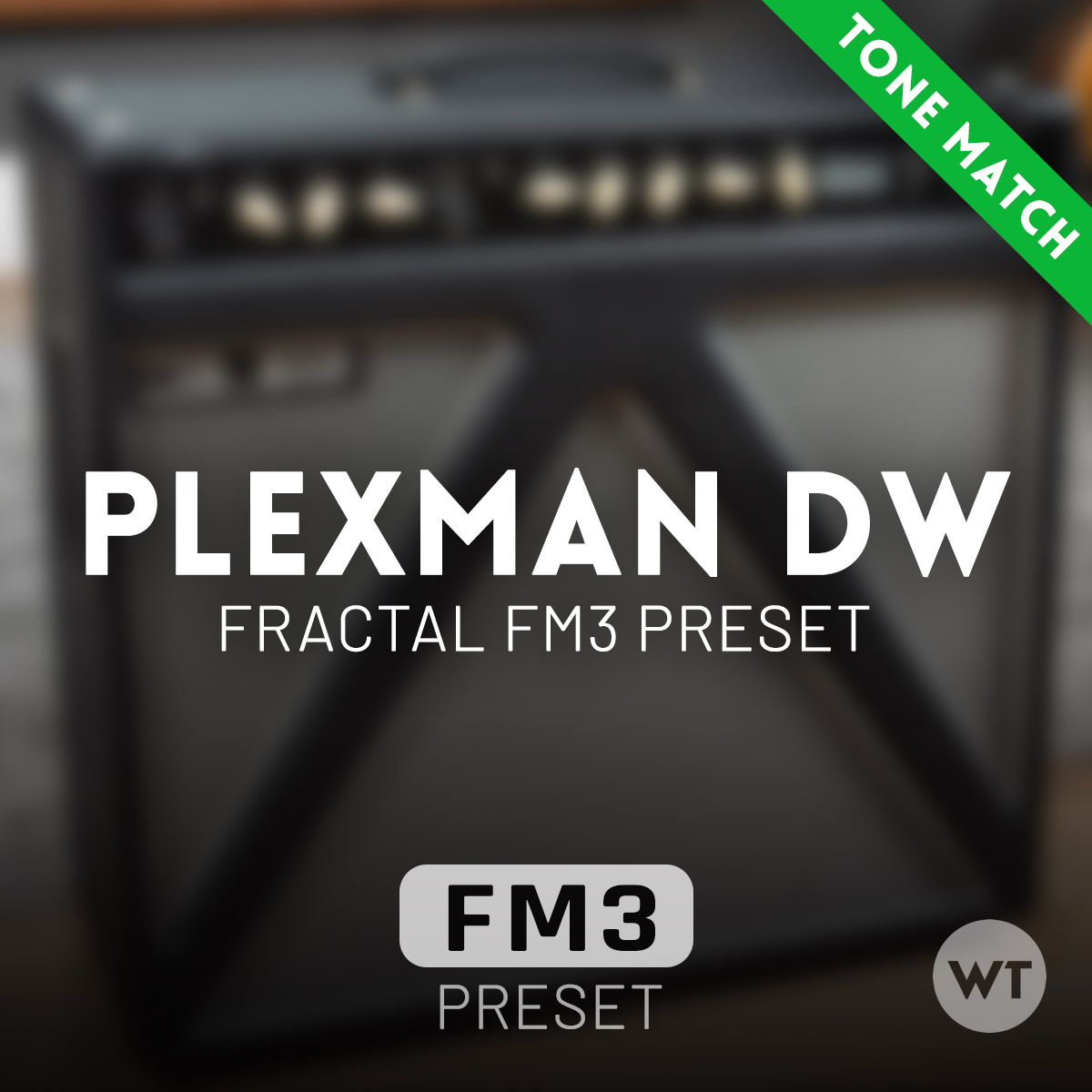

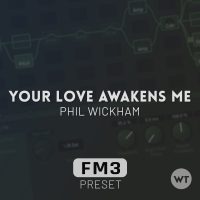
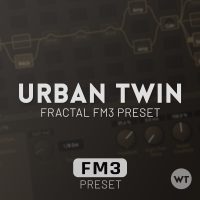

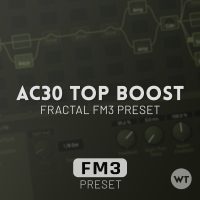
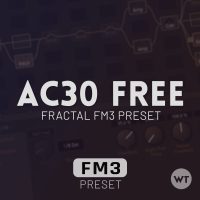
Reviews
There are no reviews yet.